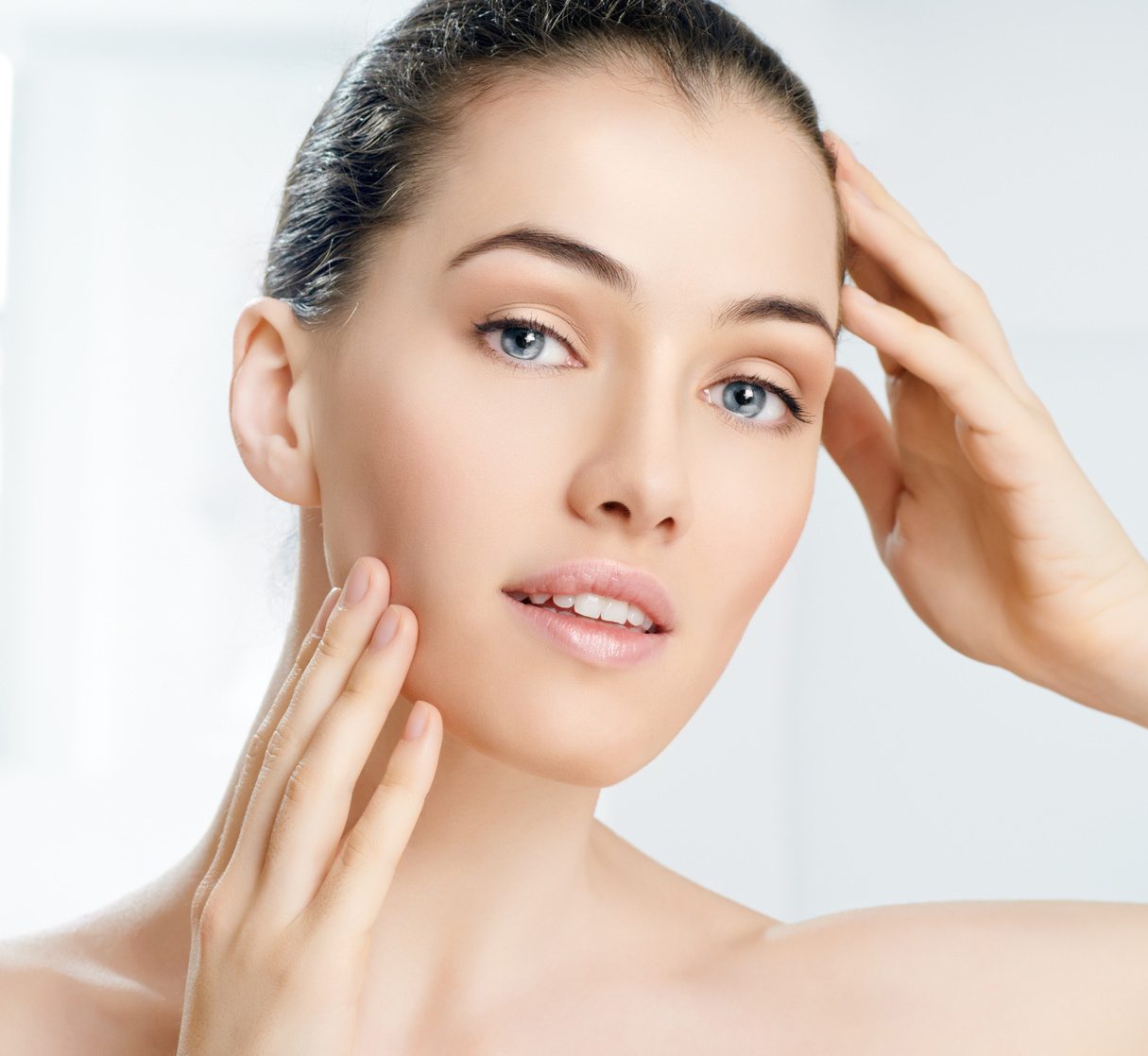When it comes to enlarged pores, the sun is often the culprit.
Enlarged pores are one of the five signs of aging, and yet another change that skin undergoes as a result of the sun. Relative to the rest of the skin, most people’s facial pores are enlarged to begin with. During major hormonal changes, these pores can respond by producing more oil, which ultimately leads to acne. As most of us know, acne usually peaks during the teenage years, but just because you didn’t experience acne breakouts as a teenager, it doesn’t mean that you cannot get acne and rosacea as an adult.
As a matter of fact, adult acne is more common than you might think.
Enlarged pores are the biggest problem on our nose, cheeks, forehead and chin.
Topical products are a good way to reduce the size of enlarged pores as they can help remove keratin and oils that clog pores on your face. Products with retinoids (Retin-A and related products) and alpha-hydroxy acids (AHAs), such as glycolic acid can unclog pores, and decrease oil production and acne.

Yellow bumps that may appear on sun-damaged skin, also known as sebaceous hyperplasia, are extreme examples of enlarged pores, and they are difficult to treat. See your dermatologist if you spot new bumps developing on your facial skin because a dermatologist can help determine which bumps are enlarged oil glands, and which need to be evaluated more thoroughly to look for skin cancers.
A yearly skin exam is key for everybody.
Lasers and topical products can help shrink enlarged pores, and more destructive methods such as an electric needle (electrodessication) can remove them as well. There are a variety of non-ablative lasers that improve the signs of photoaging, including enlarged pores. It’s best to consult with your dermatologist to see which option is the right fit.